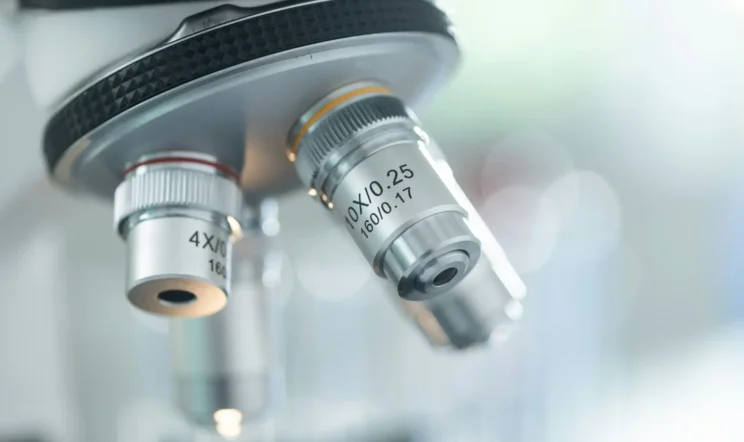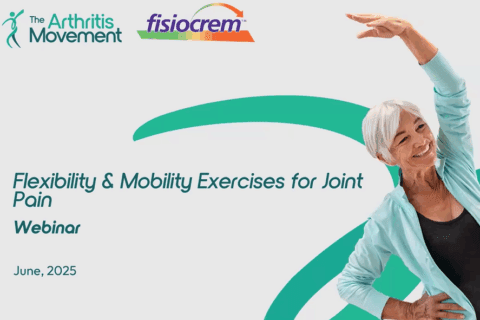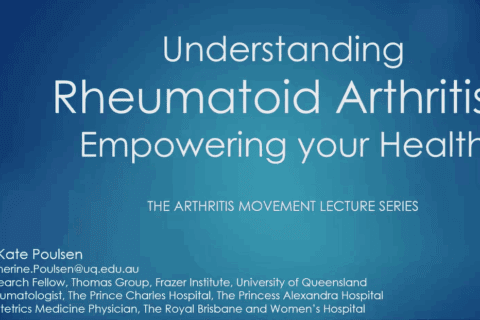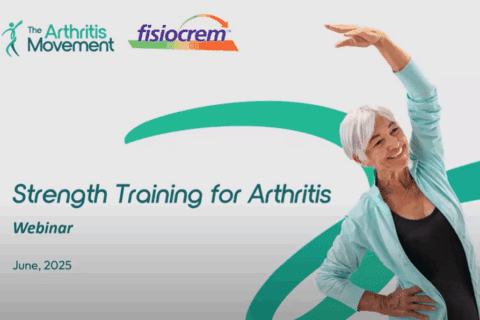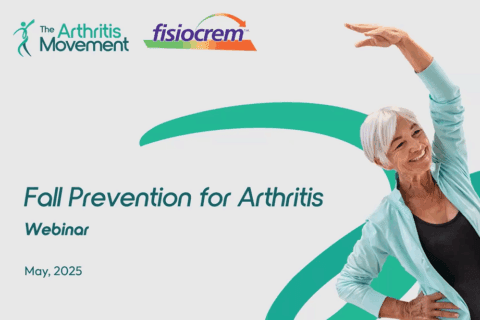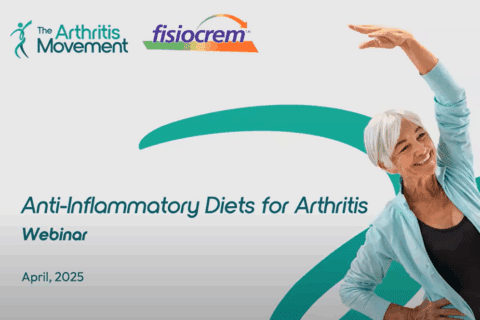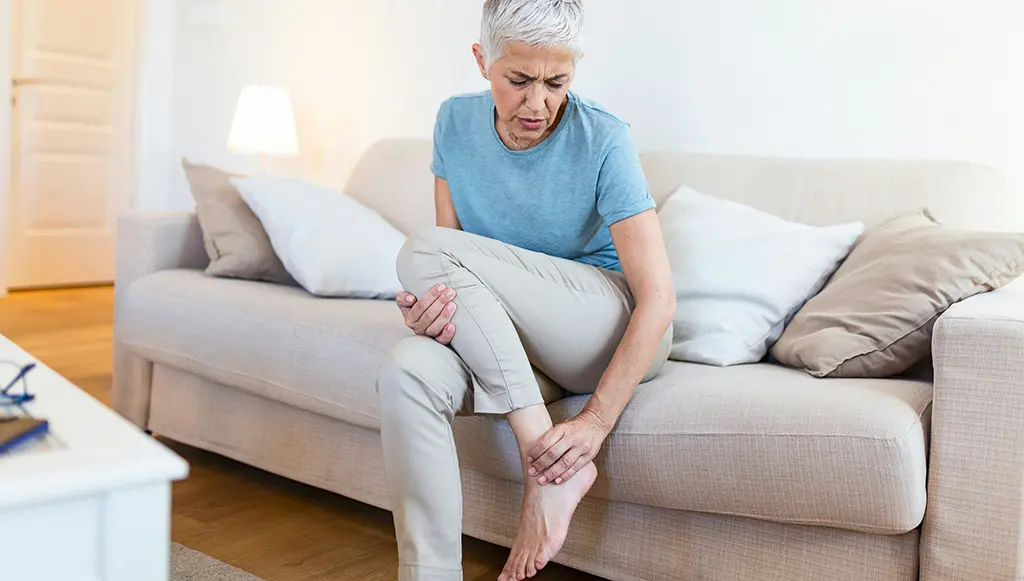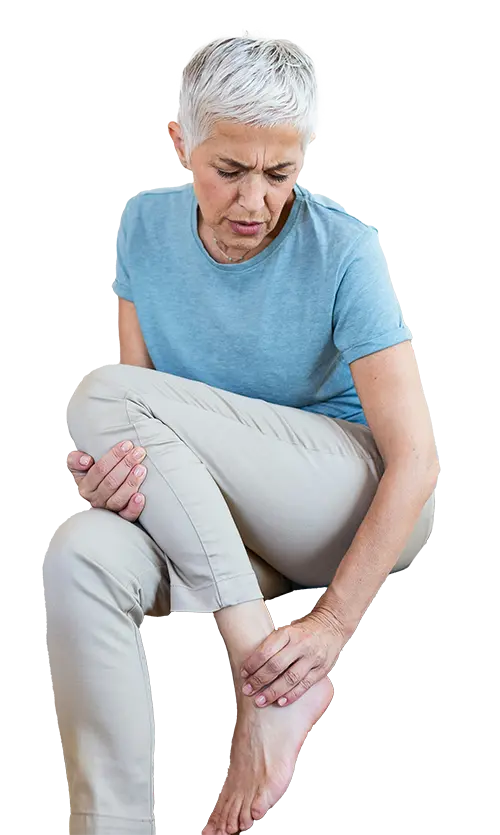Discover our Information Resources
Flexibility & Mobility Exercises for Joint Health
Rheumatoid Arthritis in Focus: A Panel Discussion
Strength Training for Arthritis: How to Build Joint Stability Safely
Fall Prevention for Arthritis
Anti-Inflammatory Diets for Arthritis
10 Steps for Living Well with Arthritis
Fish oils
Surgery for arthritis
Driving Change, One Step at a Time
Discover More
Moving Lives, Shaping Futures
Having arthritis doesn’t mean you have to miss out on doing the things you love.
Although arthritis can be difficult to live with, there are many simple measures that can help anyone manage their symptoms and cope with daily life.

Arthritis isn’t just for the elderly; it can affect young adults and even teenagers.


The Arthritis Movement funds research projects aimed at increasing our understanding of the causes and impacts of arthritis and which seek to improve treatments and find cures.
